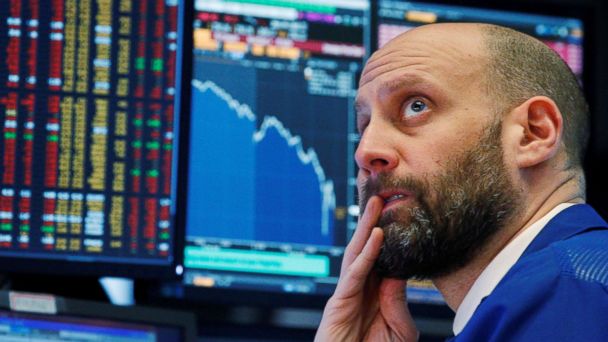Stocks made a positive start this week, with investors taking in new corporate earnings results and key inflation readings. The Dow gained 308 points or 0.9%, the S&P 500 advanced by 0.5%, and the Nasdaq Composite added 0.1%.
Tesla saw a drop of more than 2% in its shares following the announcement of CFO Zach Kirkhorn’s departure. Meanwhile, Berkshire Hathaway climbed over 2%, reflecting investor satisfaction with the company’s earnings report and cash stockpile. Animal healthcare company Elanco experienced a rally of more than 6% after exceeding Wall Street expectations. In contrast, Tyson Foods’ shares dipped by more than 8% due to an underwhelming earnings report.
In other corporate news, Sovos Brands, known for Rao’s pasta sauce, saw its shares surge by more than 25% after Campbell Soup announced plans to acquire the company. Campbell Soup’s shares, on the other hand, slid nearly 2%, hitting their lowest price in over a year. Boeing enjoyed a gain of more than 2% while AI leader Nvidia saw its shares rise by more than 1% after a 4% drop last week.
Last week was a challenging one for Wall Street, with both the Nasdaq Composite and S&P 500 experiencing drops of 2.9% and 2.3%, respectively, marking their worst weeks since March.
Friday’s mixed jobs data ended up pushing stocks lower following a wild trading session, but the report also resulted in a relief rally in bonds and a flatter yield curve. However, expectations still remain for higher yields and a steeper yield curve. After briefly surpassing 4.20%, 10-year Treasury yields fell back to sub-4.05% and have since rebounded to 4.12%.
Economists anticipate Thursday’s Consumer Price Index (CPI) report will show headline inflation nudging back up to 3.3% and core inflation remaining steady at 4.8%. If the data proves stronger than expected, this could push yields higher in a market that is becoming increasingly sensitive to inflation risks.
Similar to last week, it’s expected that the term premium – the compensation that investors receive for bearing the risk of interest rates changing over the life of a bond – would be the primary driver for a steepening yield curve. Following a relentless two-year trend of flattening, the market now appears to be leaning towards a steeper yield curve, which can be perceived as a challenging trade. This tilt towards a steeper curve is evident in the implicit positioning of speculators as shown in the Commitment of Traders (COT) report.
In other words, Treasury traders went all-in on bets that the yield curve would remain flat. That’s typically a sign that trends are about to change dramatically, similar to how an overly bullish market can often predict a correction.
Short-term yields were up in Germany this morning after Bundesbank, the German central bank, decided to stop paying interest on domestic government deposits. This likely had little impact on short-term US Treasurys, but it could be the first of many events that leads to higher yields.
As the week progresses, investor focus will shift toward the release of July consumer and producer price index data. And, if the prints come in hotter-than-expected, yields could rise dramatically as flat curve speculators scramble to close losing trades, dragging stocks considerably lower in the process.








